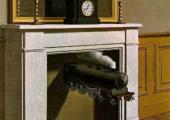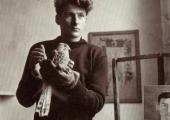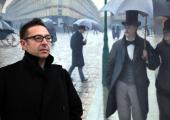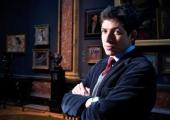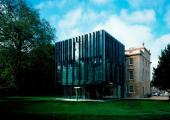Extract: Stealing Rembrandts
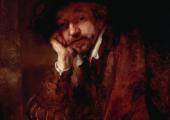
From a new book by Antonio M Amore and Tom Mashberg detailing the untold stories of notorious art thefts
On October 10, 1994, a burglar with a sledgehammer smashed a window at the Rembrandt House Museum and stole a single painting, Man with a Beard (1647). The work had once been considered a Rembrandt, but is now attributed to an unidentified student of his. Its theft occasioned this inevitable headline in the International Herald Tribune: “Rembrandt Needed a Night Watchman”. Beard made its way back four years later after being seized from an Amsterdam lawyer who was reputed to be a shady intermediary for art recovery, having been involved in a Van Gogh case as well. The lawyer was privately reprimanded, a fairly light penalty for such transgressions by Dutch historical standards. In Rembrandt’s century, the judiciary was more ruthless when dealing with theft, housebreaking, and serving as a known fence. The penalties included amputation of a hand, nose or ear, branding and scarring of the cheek, and even the gallows for repeat offenders.


